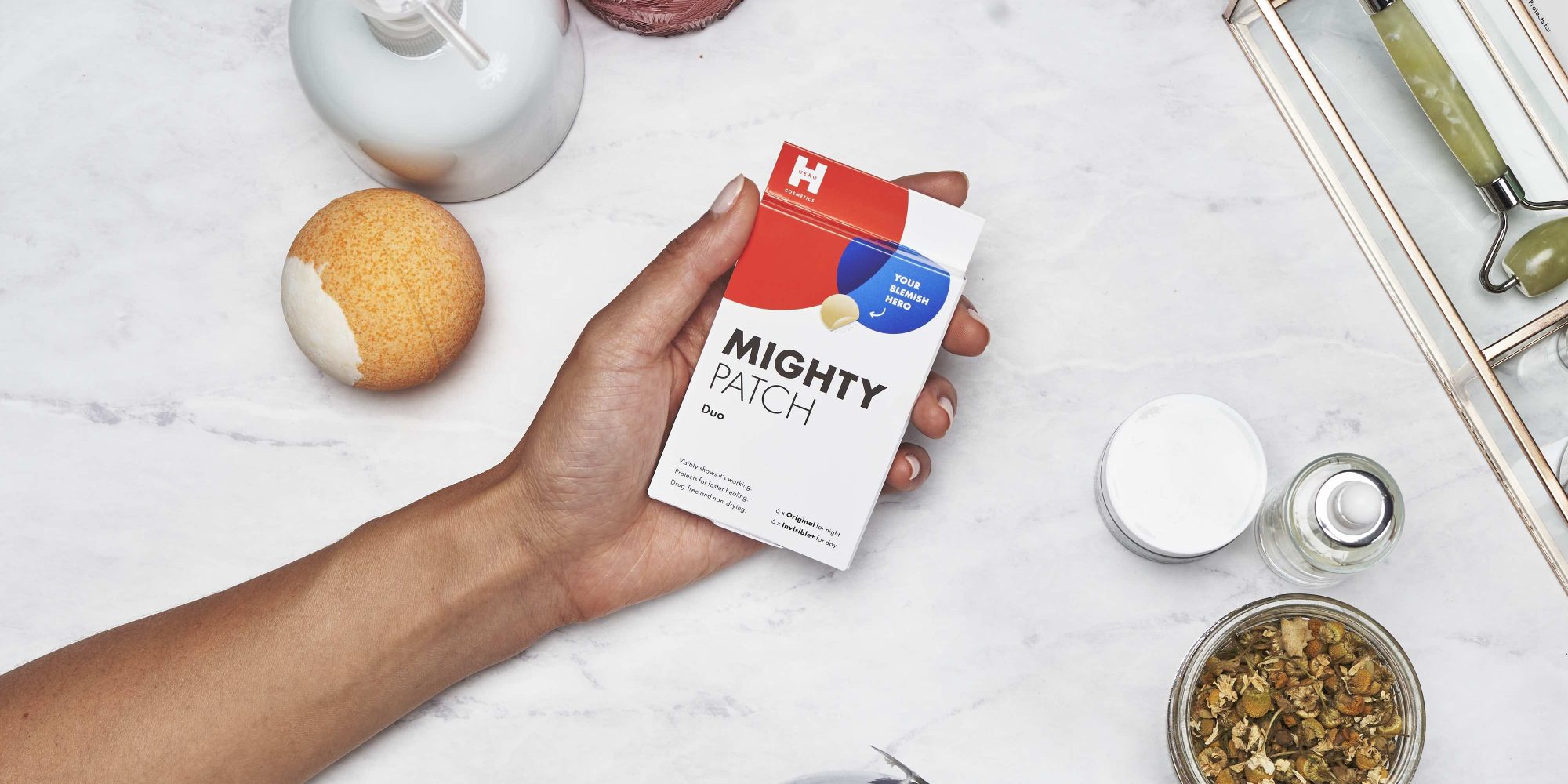
Breakout Acne Solution Brand Hero Cosmetics Bursts Into Target
Ju Rhyu, founder and CEO of Hero Cosmetics, likes to describe her brand as acne care 2.0. “We make products for the entire life cycle of the pimple,” she says. But Hero’s 2.0 advancements extend well beyond its merchandise. In many ways, it’s a 2.0 version of a masstige beauty company.
With a rollout into 1,521 Target doors, Hero is playing up and down the retail continuum by selling at e-commerce, department store, specialty and mass venues. Its broad reach wasn’t foretold in September 2017, when Hero debuted with a single Mighty Patch item on Amazon, a platform Rhyu recognized at the time was a risky launch pad that had the potential to imperil higher-end distribution.
“Everyone has their territory, and I know that there are a lot of retailers that don’t like it when you are on Amazon, but it wasn’t a problem for us,” says Rhyu. “I definitely think the boundaries are blurring. The bifurcation between luxury and mass isn’t as clear of a line anymore. A lot of retailers want to appeal to a younger customer. They realize younger customers really love discovery, and they love indie brands. When we started the business, I never thought we would be in specialty and luxury, but they are more forgiving, and an Amazon or a Target isn’t as big a deal to them anymore.”
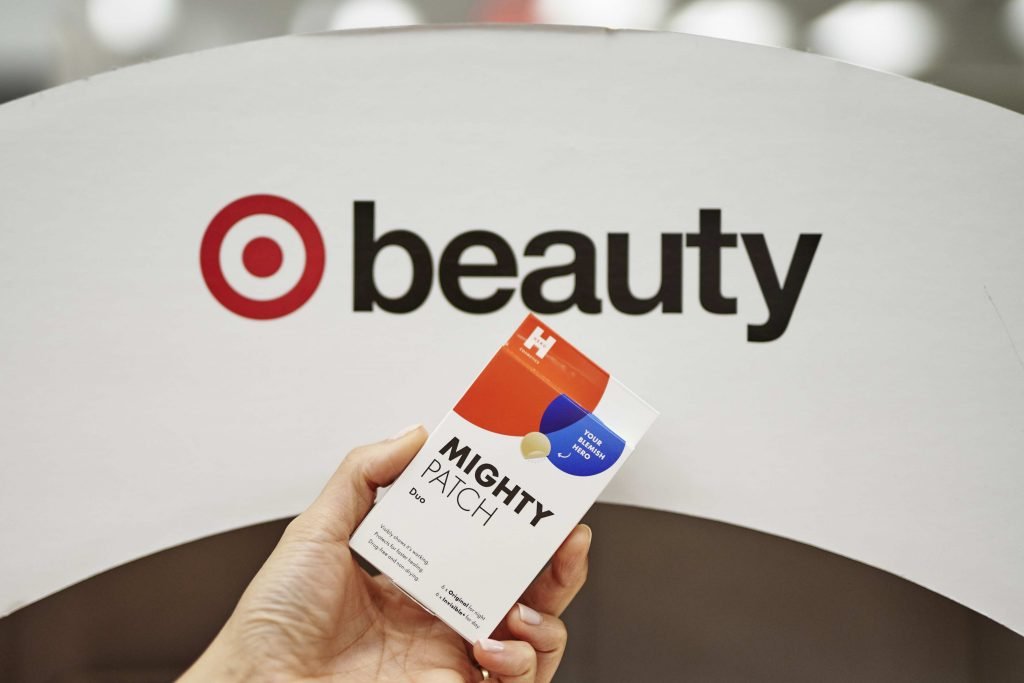
After a blazing beginning on Amazon—Hero’s revenues topped $10,000 within 40 days of its premiere—the brand broke into physical retail at Anthropologie in January 2018, proving it could go from online to offline and that a traditional retailer wasn’t phased by its Amazon roots. Urban Outfitters, Goop, Free People and Neiman Marcus quickly followed suit. Rhyu mentions retailers appreciate that Hero controls its presence on Amazon to keep prices on the platform consistent with prices at retail outlets.
“I’m hoping it will be a game changer for our business in terms of not only revenue, but also awareness, and can help put us on a different trajectory in terms of growth.”
“Amazon was great for selling and generating revenue early on in the company, and specialty retail was great from a brand perspective. It validated the brand and gave us credibility in the market,” says Rhyu. “A lot of the specialty retailers tend to be more trend-forward. They are the ones willing to take the risk on smaller, newer brands. As we start moving more downstream, would Target have taken the risk on us had we not been in these other retail channels? I’m not sure.”
At Target, Hero is being placed on the website and in mini sections that are spreading across most of the chain’s beauty departments. For the retailer, it developed a unique product, $7 Mighty Patch Duo, with six Mighty Patch Original patches for overnight blemish treatments and six Invisible+ patches for day blemish treatments. Rhyu explains it’s a sampler of Hero’s two bestselling stockkeeping units and a good introduction to the brand. Mighty Patch pimple patches are made from hydrocolloid that absorbs fluids from pimples and leads to clearer skin.

Initially, the term “masstige” applied primarily to beauty brands that were in the mass market, but offered elevated formulas, packaging and prices. While they sought crossover luxury-mass distribution, they rarely ascended into the luxury retail ranks. Likewise, beauty brands that kicked off in the luxury segment had difficulty treading into the mass environment. Although there are many examples of upscale beauty companies (see Captain Blankenship and Sailor, Coola and Bare Republic, and Karuna and Avatara) creating secondary brands for mass retailers, the success rate of the strategy is relatively low.
“Amazon was great for selling and generating revenue early on in the company, and specialty retail was great from a brand perspective. It validated the brand and gave us credibility in the market.”
“Making the transition from specialty to mass is not always guaranteed. There are some brands and products that stay in specialty because they are not really mass-oriented products,” says Rhyu. Discussing Hero’s Target entrance, she adds, “I’m hoping it will be a game changer for our business in terms of not only revenue, but also awareness, and can help put us on a different trajectory in terms of growth.”
Without Target, Rhyu estimates the brand’s sales would climb 2X this year. With it, they are projected to surge 3X to 5X due to sales at Target and a halo effect on Hero’s business outside of Target. In 2018, Hero surpassed $1 million in revenues. The brand is revving its marketing machine to drive people to Target to pick up its products. It’s accelerating paid media, tapping influencers, and holding a giveaway encouraging consumers to snap photos of its products at Target and share them on social media.
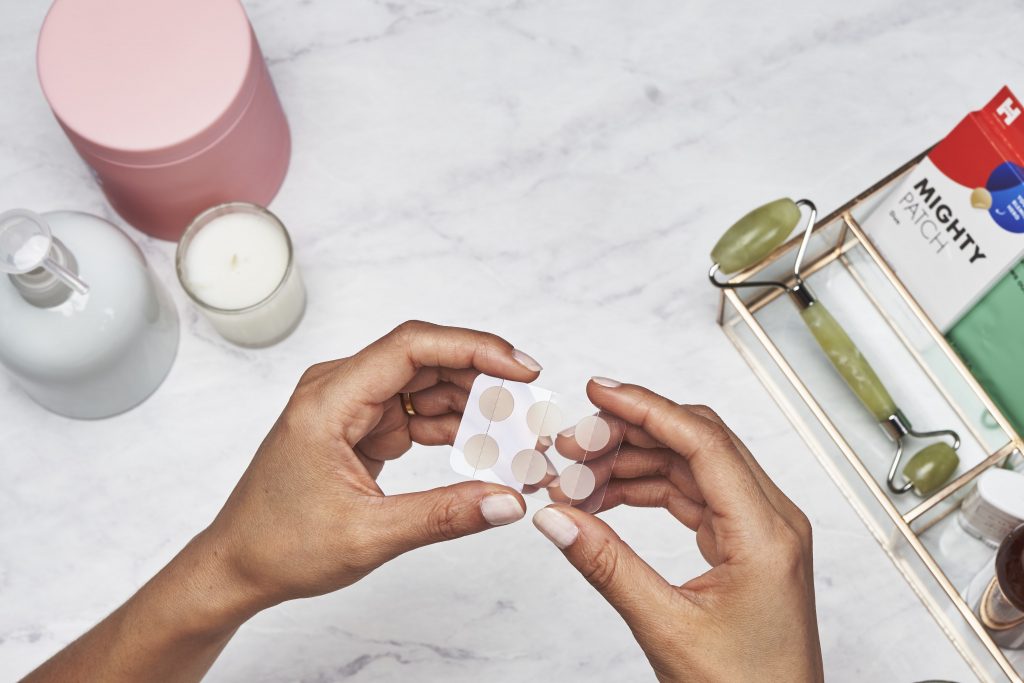
Target isn’t the end of Hero’s distribution expansion. It’s landed at Walgreens via the drugstore retailer’s partnership with Birchbox. Internationally, the brand recently arrived at Liberty London, and Rhyu aims to further increase its footprint abroad, specifically in the United Kingdom and Canada. Despite its prominent physical retail forays, Rhyu reveals a majority of Hero’s revenues still come from its Amazon and direct digital operations. The company has been in the black since its first full year in business and hasn’t taken on external investment.
This year, Hero is expected to wind up with 12 to 15 employees. As it matures, Rhyu, former head of marketing for online K-beauty destination Peach & Lily, is figuring out how to evolve her responsibilities. “When you are a founder early on, you are doing everything. I was doing social media, retail sales, marketing and product. Now, we are hiring experts in each of these areas, and I’ve become more of a manager,” she says. “I’m trying to understand what the actual role of CEO is, and I’m trying to focus more on strategy and growth drivers, making sure we are well-capitalized, hiring and trying to do less of the executional aspects of the business.”


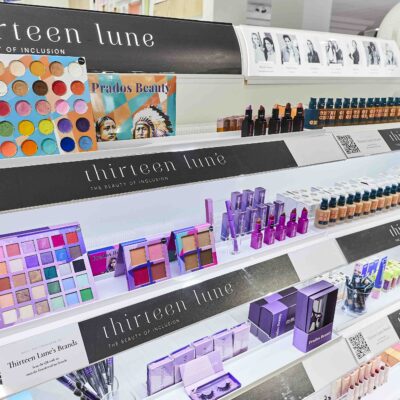
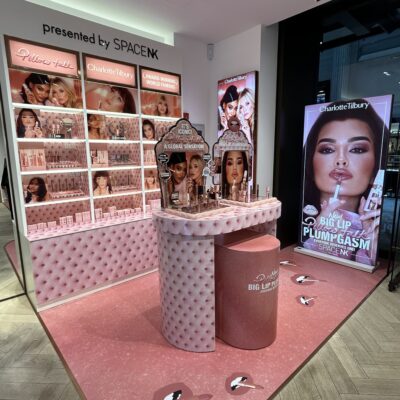
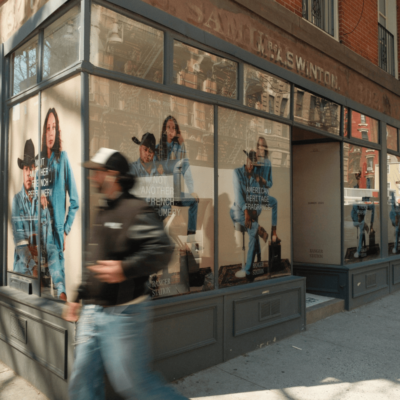
Leave a Reply
You must be logged in to post a comment.